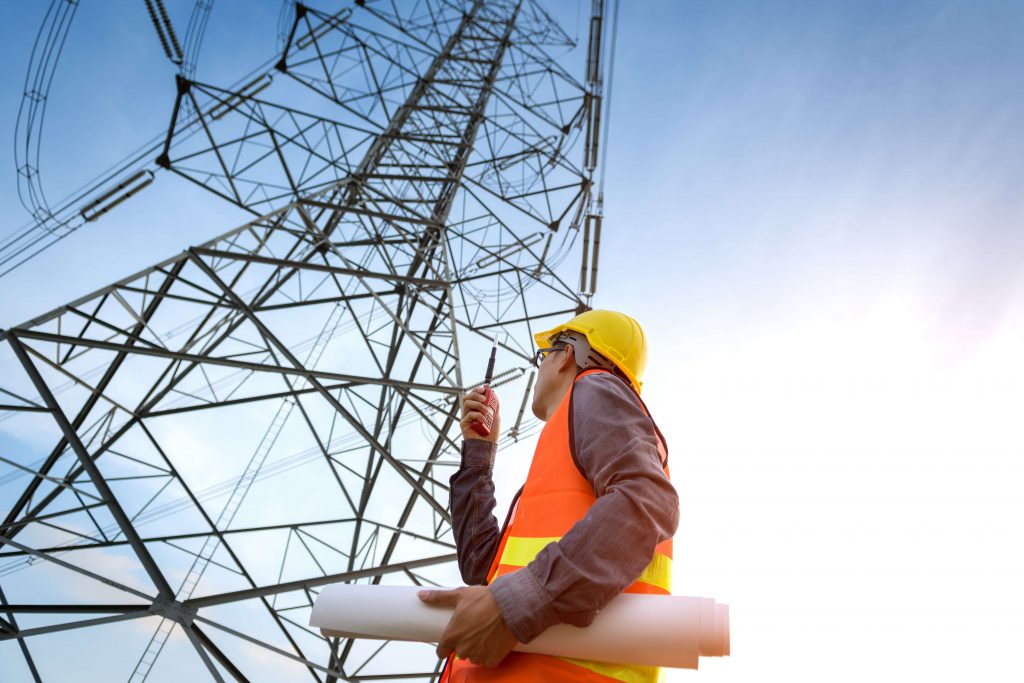For many reasons, including time and cost pressure on projects, the design role has become more and more fragmented. Construction methods have evolved more rapidly. Few design professionals have a good understanding of construction techniques. Consequently, valid concepts of “constructability” are not embedded in the design.
This outcome leads to revision of the design in order to make it more efficient to construct, usually at the tendering stage. To some degree, it amounts to contractors re-designing the project. These changes cause delay and increased cost, as design drawings have to be updated to the revisions. Your chances of getting paid for these changes is very low.
A better solution is to “design in” constructability: Make the design as efficient to build as possible without sacrificing amenity – as an integral part of the design process from the beginning.
There are two ways to test your overall project design for constructability:
- If there is somebody in your office with extensive contract admin experience, get them to review the design at the completion of the concept stage, completion of design development, and midway through documentation.
- If not, go to a contractor you know and trust, and get the same help. The quid pro quo is that you will recommend them to the Client.
You Asked...
Click a question to see the answer
-
Why do we need to undertake constructability analysis?
Issues of constructability range from site logistics to details of assembly, which is why you need the Constructability Review at multiple stages of development.
Site logistics issues vary widely with the site and with building coverage of the site, but they often include:
- Site access, ability to block traffic, parking for workers, etc.
- Adjoining properties issues, such as foundation retaining walls and excavation protection
- Maintenance of utilities, overhead and underground
- Suitable locations for tower cranes
- Noise and dust generation
- Space for on-site storage of materials
- Space for on-site slab casting
Other constructability issues can include (among many):
- Insufficient space for utility risers
- Sequencing of construction
- Long lead time materials selection
- Inability to prefab components off-site
- Materials and fabrication tolerances that are tighter than industry standard
While it may seem to you that all of these are the contractor’s problem, not yours, you will find that the contractor will suggest changes to your design if it will save time and/or money. You don’t want that news after you’ve finished your contract documents!
PSMJ Asia Pacific’s expertise in Construction Management can help designers produce buildable contract documents, at a fraction of the cost of doing it at the end of design.
